When it comes to flavorful vegetables that elevate every dish, leeks often don’t get the spotlight they deserve. Mild, aromatic, and incredibly versatile, leeks belong to the same family as onions and garlic—but with a subtler, sweeter taste that adds sophistication to soups, stews, and stir-fries alike.
Whether you’re crafting a classic potato leek soup, adding depth to roasted veggies, or tossing them into a creamy pasta, leeks bring an unmistakable balance of sweetness and earthiness. In this guide, we’ll uncover everything you need to know about this underrated vegetable—from its origins and nutritional benefits to how you can cook it like a pro in your American kitchen.
What Are Leeks?
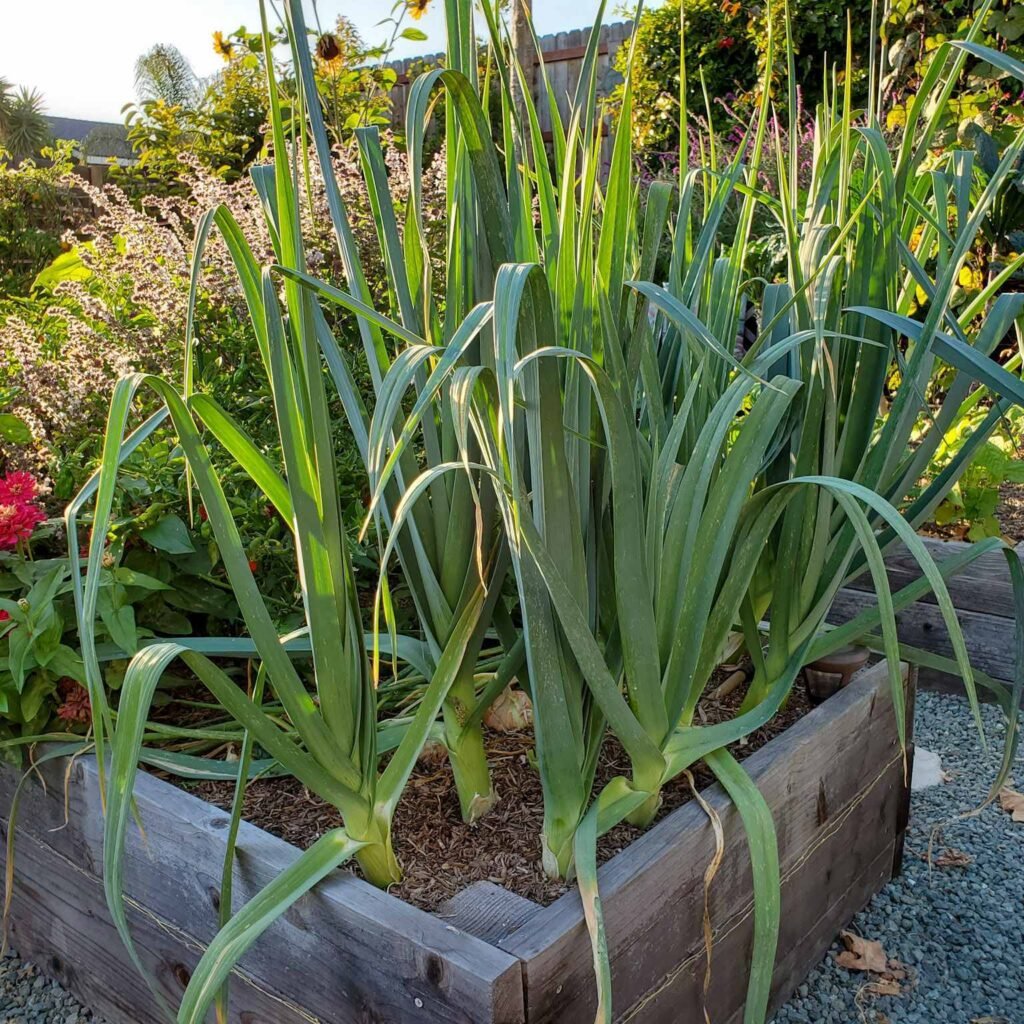
Leeks (Allium ampeloprasum) are part of the Allium family, which includes onions, garlic, scallions, and shallots. However, unlike onions, leeks don’t form bulbs. Instead, they have long white stalks that transition into tender green leaves.
The white and light green parts of leeks are the most flavorful and tender, while the darker green tops are tougher but still useful for making stocks and broths.
Their mild, slightly sweet taste is often described as a blend of onion and garlic, but gentler—perfect for people who prefer a lighter flavor in their dishes.
A Brief History of Leeks
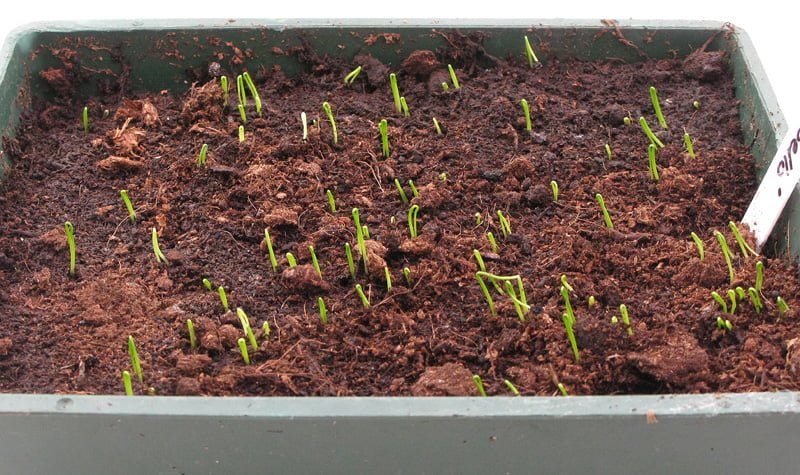
Leeks have been cultivated for over 4,000 years, dating back to ancient Egypt and Mesopotamia. They were a favorite of the Romans, who believed leeks improved voice quality—legend says the Emperor Nero ate leeks regularly for that reason!
When Europeans immigrated to America, they brought leeks with them, integrating them into stews, chowders, and casseroles. Today, leeks are grown across the United States, especially in California, Oregon, and New York, and are a staple in both home and restaurant kitchens.
Fun fact: The leek is the national emblem of Wales, often worn on St. David’s Day as a symbol of strength and resilience.
Nutritional Profile of Leeks
Leeks are not just delicious—they’re a nutrient powerhouse packed with vitamins, minerals, and antioxidants.
Per 100 grams (about 1 cup of raw leeks):
- Calories: 61
- Protein: 1.5 g
- Carbohydrates: 14 g
- Fiber: 2 g
- Fat: 0.3 g
- Vitamin K: 45% DV
- Vitamin A: 33% DV
- Vitamin C: 20% DV
- Folate: 16% DV
- Manganese: 13% DV
Leeks also contain kaempferol, a natural antioxidant that helps protect cells from oxidative stress, reduce inflammation, and support heart health.
Health Benefits of Leeks
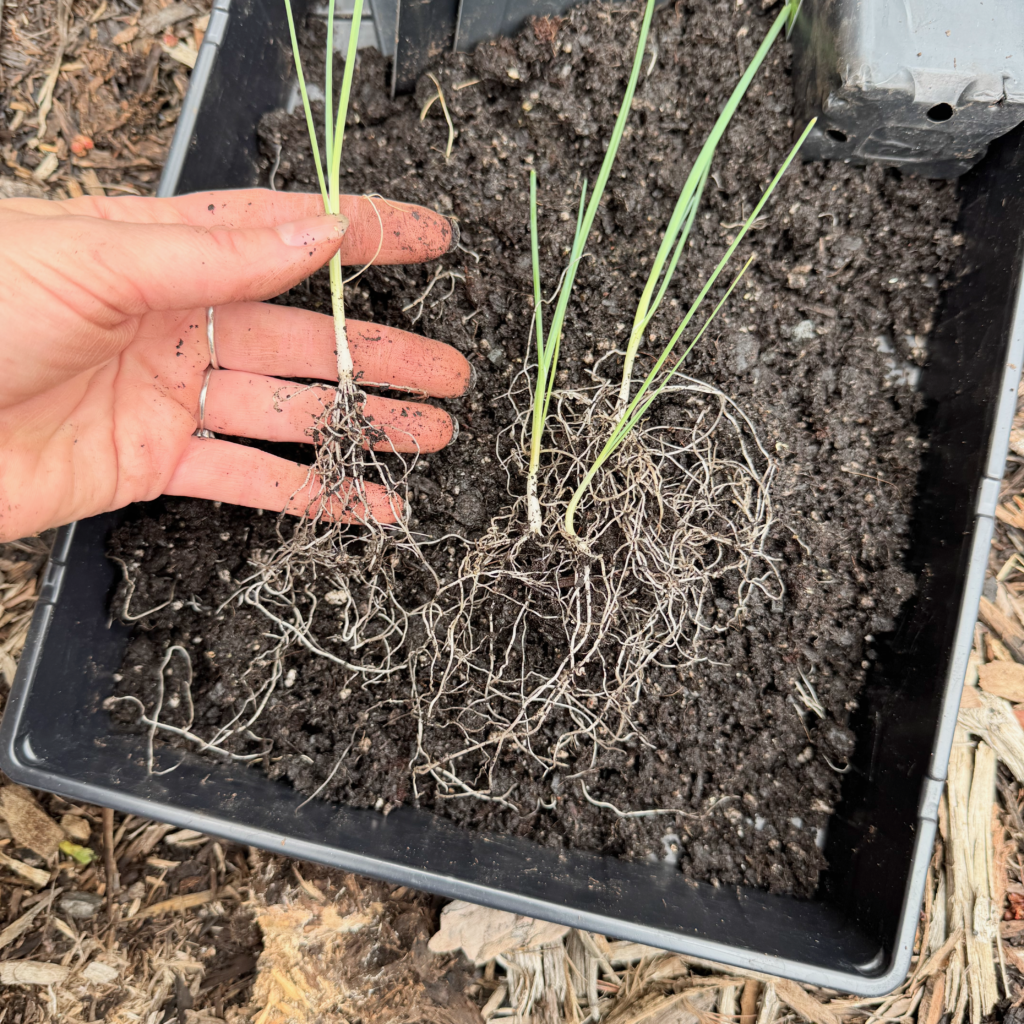
Leeks are more than just a tasty vegetable—they’re loaded with wellness benefits that support your body from head to toe.
1. Promotes Heart Health
Leeks are rich in allicin and kaempferol, compounds known to help lower bad cholesterol (LDL) and reduce blood pressure. Regular consumption can support healthy blood flow and reduce the risk of cardiovascular disease.
2. Boosts Immunity
Thanks to their vitamin C and antioxidants, leeks strengthen your immune system and help fight off colds, flu, and infections.
3. Supports Healthy Digestion
Leeks are a great source of prebiotics, which feed the good bacteria in your gut. This promotes better digestion and overall gut health.
4. Aids in Weight Management
Low in calories and high in fiber, leeks keep you feeling full longer, making them a perfect ingredient for weight-loss-friendly meals.
5. Improves Bone Health
The vitamin K content in leeks supports strong bones by improving calcium absorption and bone density.
6. May Support Healthy Vision
Leeks contain lutein and zeaxanthin, carotenoids that protect your eyes from blue light and reduce the risk of cataracts and age-related vision problems.
How to Select and Store Leeks

To get the most flavor and freshness, it’s important to choose and store leeks properly.
Choosing Fresh Leeks:
- Look for firm, straight stalks with crisp, bright green tops.
- Avoid leeks with yellowing or wilting leaves.
- The root end should be clean and white.
Storing Leeks:
- Wrap unwashed leeks loosely in plastic or a reusable produce bag.
- Store them in the refrigerator’s crisper drawer for up to 10 days.
- For long-term storage, slice and blanch leeks before freezing them in airtight bags.
Pro Tip: Don’t wash leeks before storing—moisture can cause them to spoil faster.
How to Clean Leeks Properly
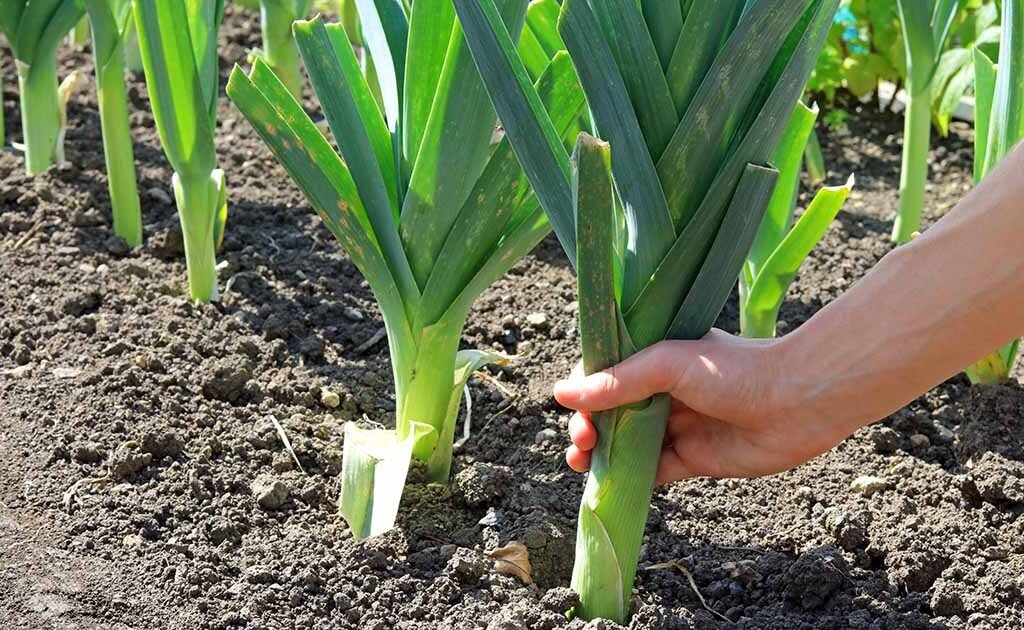
Leeks can trap dirt and sand between their layers, so cleaning them thoroughly is essential before cooking.
Here’s how:
- Trim off the root end and the dark green tops.
- Slice the leek lengthwise and rinse each layer under cold running water.
- For sliced leeks, place them in a bowl of water, swirl, and let dirt settle at the bottom. Lift leeks out with a slotted spoon.
Pro Tip: Always dry leeks well before sautéing to avoid sogginess.
Cooking with Leeks: Easy and Delicious Ideas
Leeks are extremely versatile and can be used in soups, sautés, tarts, pasta dishes, and more. Their mild flavor pairs beautifully with potatoes, mushrooms, eggs, and creamy sauces.
Here are some classic and modern American-inspired leek recipes you’ll love:
1. Potato Leek Soup (Classic Comfort Food)
A warm bowl of potato leek soup is a cozy American favorite, especially during fall and winter.
Ingredients:
- 3 leeks (white and light green parts only)
- 2 large potatoes
- 1 onion
- 4 cups vegetable broth
- 1 cup milk or cream
- Salt, pepper, butter
Directions:
- Sauté chopped leeks and onions in butter until soft.
- Add potatoes and broth; simmer until potatoes are tender.
- Blend until smooth, stir in milk, and season to taste.
Result: Creamy, aromatic, and soul-warming—perfect for lunch or dinner.
2. Leek and Mushroom Pasta
A simple yet elegant weeknight dinner.
How to make:
Sauté leeks and mushrooms in olive oil with garlic and thyme. Toss with cooked pasta, Parmesan, and a splash of cream for a rich, flavorful dish.
3. Roasted Leeks with Parmesan
Slice leeks lengthwise, drizzle with olive oil, sprinkle Parmesan, and roast at 400°F for 20 minutes. The result? Crispy edges and a buttery texture—an easy, healthy side dish.
4. Leek and Spinach Quiche
A brunch favorite! Combine sautéed leeks, spinach, eggs, and cheese in a pie crust for a protein-packed meal.
5. Grilled Leeks with Lemon Butter
Brush halved leeks with olive oil, grill until charred, and drizzle with lemon butter. It’s a delicious smoky side dish that complements steak or salmon.
Leeks in American Cuisine
Leeks have become a popular farm-to-table ingredient across the U.S. Chefs love using them for their subtle flavor and elegant presentation. You’ll find them featured in:
- Farmhouse soups and creamy bisques
- Rustic casseroles with root vegetables
- Gourmet omelets and tarts at weekend brunches
- Seasonal vegetable medleys served at fine-dining restaurants
From hearty Midwestern chowders to coastal California dishes, leeks fit seamlessly into modern American comfort cooking.
Health-Conscious Cooking with Leeks
For those looking to eat cleaner, leeks are a fantastic ingredient. They’re:
- Low in calories
- Gluten-free and vegan-friendly
- Rich in antioxidants and fiber
Healthy cooking ideas:
- Swap onions with leeks in your stir-fries for lighter flavor.
- Add chopped leeks to your omelets or scrambles.
- Blend them into creamy soups using Greek yogurt instead of cream.
Fun Facts About Leeks
- The ancient Egyptians believed leeks symbolized prosperity.
- In Wales, soldiers once wore leeks in their helmets to distinguish themselves in battle.
- Leeks are part of the same family as garlic, but they don’t cause “garlic breath.”
- The largest leek ever grown weighed over 20 pounds!
- Leeks are harvested year-round in the U.S., with peak season in fall and winter.
Why You Should Add Leeks to Your Diet
Leeks are one of the most underrated superfoods you can include in your meals. Their gentle flavor and nutritional power make them suitable for people of all ages.
Here’s why Americans are rediscovering leeks:
- They enhance both flavor and texture in comfort foods.
- They support heart and digestive health.
- They pair beautifully with local produce and proteins.
- They can transform everyday dishes into restaurant-quality meals.
Conclusion: Leeks—A Sweet, Subtle Star in the Kitchen
Leeks may not have the boldness of onions or the punch of garlic, but their quiet strength lies in their elegant versatility and nutritional richness. They add character to everything from soups to pasta while offering powerful health benefits.
Incorporate leeks into your weekly cooking routine, and you’ll quickly see why this humble vegetable has been cherished for millennia. Whether you’re preparing a family dinner or experimenting with gourmet recipes, leeks bring warmth, wellness, and subtle sweetness to your American kitchen table.
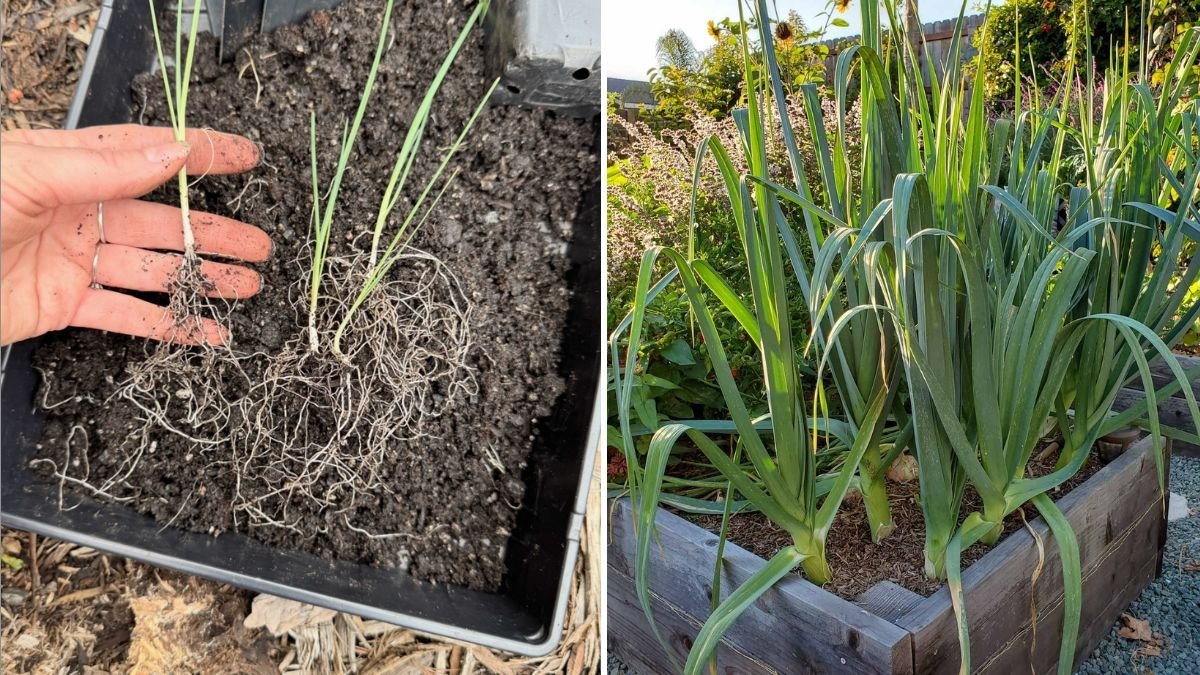





Leave A Comment